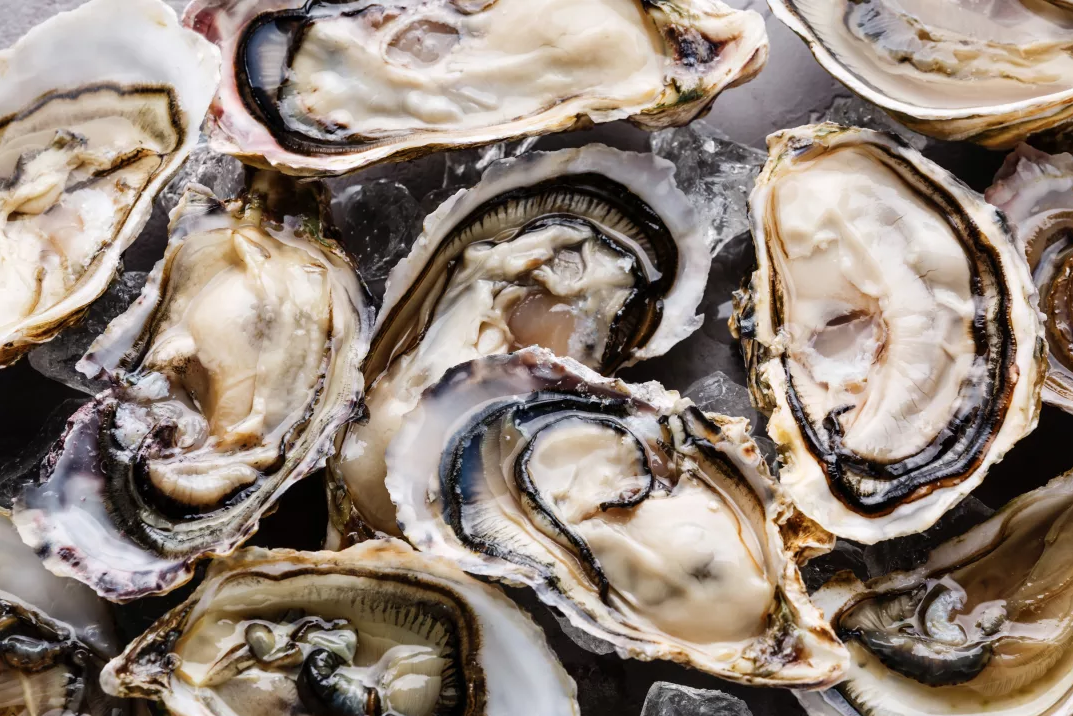Oyster prices will rise at Christmas

Stock shortages will push up the price of oysters this summer.
This will affect both Pacific oysters and Australia's native Sydney rock variety.
The big problem is the Pacific oyster mortality syndrome (POMS) in Tasmania in January 2016 has created a limited supply of Pacific oysters.
The virus itself does not affect humans. But it can kill Pacific oysters within days.
The result: millions of dollars damage to the Tasmanian oyster industry.
An embargo on Tasmanian spats, otherwise known as baby oysters, has affected oyster supply in NSW and South Australia, the other major oyster-producing states.
Ben Ralston, a fifth-generation oyster farmer who grows Pacific and Sydney rock oysters on the Clyde River in Batemans Bay, says the effects on the oyster industry have been severe.
"Ninety per cent of Pacific oyster farmers draw their stocks from Tasmanian hatcheries," Ralston told Good Food.
"We haven't been able to restock our leases with Pacific oysters since late 2015," he says. "That's why we're starting to see pressure build now - everybody is getting towards the end of their stock.
"Juvenile Pacific oyster stock is going into South Australian farms at the moment, so hopefully those guys will be all back in business by next Christmas.
"But for the next 12 months, Sydney rocks will be the dominant oyster and put a lot of pressure on those growers."
John Susman, director of seafood sales and consultancy company Fishtales, says consumers will soon feel the impact.
"The days of all-you-can-eat oysters for 10 bucks at the RSL are well and truly behind us,” Susman told Good Food.
He roughly estimates that consumers can expect to pay up to the "high-twenties" when they’re buying dozen quality oysters Christmas, "but possibly even more".
“Yes, consumers can expect to pay more for oysters this year, but with that, they should also be expecting higher quality," Susman told Good Food.
"We've had the luxury of cheap oysters for quite a long time, certainly by comparison to international standards. The increase in price will demand that growers consider the quality of the product they put to market much more than they have before. This is a good thing. It drives excellence."
by Leon Gettler, November 6th 2017







